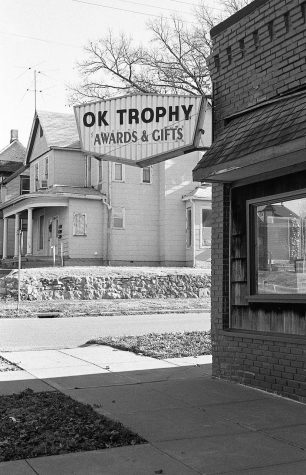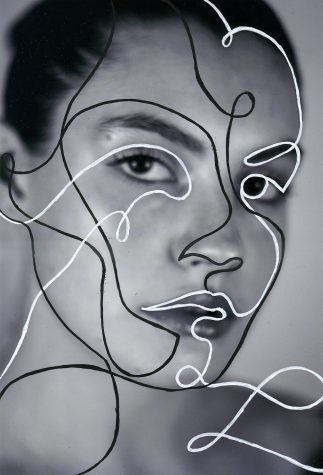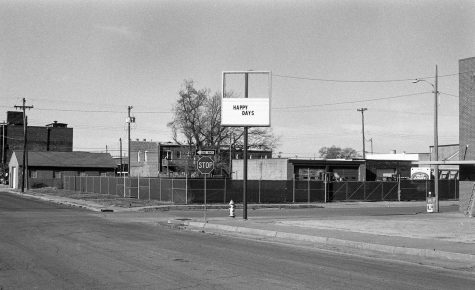A Digital Rite of Passage: The 2020 Visual Arts Senior Thesis Exhibition
May 13, 2020
Every year, Fordham’s Ildiko Butler and Lipani Galleries host the graduating Senior Thesis exhibition, an event intended to provide

celebratory closure to the visual arts degree. This year, however, the galleries have postponed the exhibition and decided to showcase the graduating students’ work on a digital platform. The change has come unexpectedly for the student artists, some of whom expressed reservations about having their work exhibited online.
The digital exhibition consists of a page featuring pictures of every graduating artist’s work. Each picture serves as a hyperlink for the artists’ complete exhibition. Showcased in this fashion, the artists’ body of work appears slightly juxtaposed with each other, a condition that cannot be avoided, as it is almost intrinsic to the digital space.

For Annie Dreyer, Fordham College at Lincoln Center (FCLC) ’20, who uses the medium of photography, the digital exhibition has proven to be both beneficial and disadvantageous.
“It’s good in the sense that I am able to share the work with a wider range of people,” Dreyer said, “but bad in the sense that it seems to carry less importance, as we already spend a lot of our time looking at images on a screen.” Her work consists of a series of 14 photographs that capture scenes of the American vernacular in a suburban setting.
In the online exhibit, the act of scrolling down becomes an unintentional element in the experience of the photographs depicting laconic public signs in places curiously devoid of people.
One cannot help but wonder to what extent the photographs have been affected by the different sense of sequentiality in the digital space. Dreyer offered a clue: “Showing work in a (physical) gallery allows people to experience your work exactly how you’ve printed and sequenced everything.” On the contrary, in the digital space, the art object seems to be less present as it has been estranged from the material conditions that the artist envisioned for the work.

Another graduating artist, Grace Schiavone, FCLC ’20, explained that, although her work “translates well online,” she was “not able to create a digital exhibition because of short notice.” Indeed, in the case of her work, “all of the pieces were already framed and ready to be hung in the Lipani Gallery” just days before the gallery was forced to postpone the exhibition. Schiavone’s work is mixed-media, incorporating elements of painting, drawing and collage. Some of these elements might be difficult to discern on a screen, which reflects rather than emits light.

In terms of the physicality involved in a regular exhibition, Dreyer explained that a conventional exhibition allows for “a more intimate relationship with the work, and even potentially marks the end of a body of work that you’ve worked on for such a long time.” The act of setting up an art exhibition seems to be organically connected to the work of art, to the point that it offers both a sense of closure and opens up new possibilities of inquiry and artistic exploration.
Professor Stephan Apicella-Hitchcock, Fordham’s gallery director, seemed to agree with the student artists’ impressions, as he stated that “digital space offers no replacement for physical space.” He further asserted that in a digital space one cannot “explore the details and stand back and take the entirety of the piece of art.” A large Jackson Pollock painting, for instance, would be impossible to experience online, at least not in all its heroic and magnificent presence. While recognizing the value of a digital exhibition as a “supplementary” element to a regular exhibition, Hitchcock assured that the gallery will do its best to provide students with the opportunity to showcase their work physically once the university reopens.
The exhibition is considered a rite of passage in the career of all visual arts students. The rite consists of putting up a work of art or an installation and witnessing the foot traffic going to and fro in a gallery that is organically connected with the life of the university. The student artists and the audiences are waiting for the right moment to hang up an art piece on a wall for public view — a moment we all once took for granted — to be reestablished in the changed world in which we exist now. Hopefully, they will know soon.













